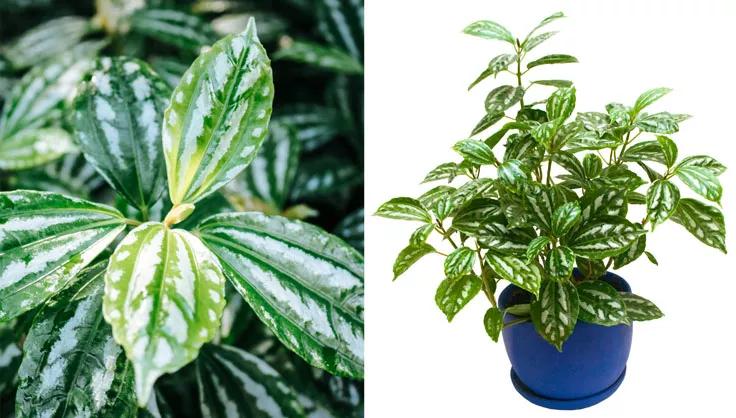How to Grow & Care for Aluminum Plants

Botanical Information on Aluminum Plants
Aluminum Plants belong to the family Urticaceae and are native to the warm and tropical regions of Vietnam. These plants are characterized by their textured leaves that exhibit a mix of green and silver hues, resembling the appearance of aluminum – hence their name. They typically grow to be about 30 to 45 cm tall, making them perfect for indoor containers.
Common Cultivars and Types of Aluminum Plants
Though the classic Aluminum Plant is most common, several cultivars offer variations in leaf size, shape, and color intensity. Some popular types include the 'Minima', which has smaller leaves, and the 'Variegata', known for its variegated foliage.
Best Growing Conditions for Aluminum Plants
Light Requirements
Aluminum Plants thrive in medium to bright indirect light. Direct sunlight can scorch their leaves, while too little light can cause them to lose their unique coloration. A spot near a north or east-facing window is often ideal.
Soil
These plants prefer well-draining soil. A mix of potting soil, peat, and perlite or sand works well to ensure adequate drainage and aeration.
Humidity
Aluminum Plants enjoy a humid environment. If your home is dry, especially in winter, consider using a humidifier or placing the plant on a water-filled pebble tray to increase humidity.
How to Care for Aluminum Plants
Watering
Water your Aluminum Plant when the top inch of soil feels dry. Overwatering can lead to root rot, so ensure the pot has drainage holes. Water less in winter when the plant is not actively growing.
Fertilizer
Use a balanced, water-soluble fertilizer every month during the growing season. In winter, reduce fertilizing as the plant's growth slows down.
Pruning
Pruning isn’t usually necessary, but you can trim back any leggy stems to encourage bushier growth.
Repotting
Repot every two to three years or when the plant outgrows its pot. Spring is the best time for repotting.
Propagation
Propagate by stem cuttings. Place them in water or directly into soil, and they will root in a few weeks.
Aluminum Plant Pests and Problems
Pests and Diseases
Common pests include spider mites and aphids. Use insecticidal soap or neem oil to combat infestations. Root rot can occur due to overwatering, so ensure good drainage.
Signs of Stress
Yellowing leaves can indicate overwatering, while drooping leaves may suggest underwatering or low humidity.
Toxicity to Pets
Aluminum Plants are non-toxic to pets, making them a safe choice for households with animals.
Aluminum Plant FAQs
Why are my Aluminum Plant's leaves losing their silver color?
This is often a sign of insufficient light. Move your plant to a brighter spot with indirect sunlight.
How often should I water my Aluminum Plant in winter?
Water less frequently in winter, allowing the soil to dry out more between waterings.
Can Aluminum Plants be grown outdoors?
In warmer climates, they can be grown outdoors in shaded areas
but typically thrive better indoors where environmental conditions can be more easily controlled.
Remember, the key to a thriving Aluminum Plant is understanding its needs and creating an environment that mimics its natural habitat as closely as possible. With the right care, your Aluminum Plant can be a stunning and enduring addition to your indoor garden. Happy gardening!
Print this Article:
Get the Dirt
Stay up to date on new articles and advice. Please fill out the information below.
